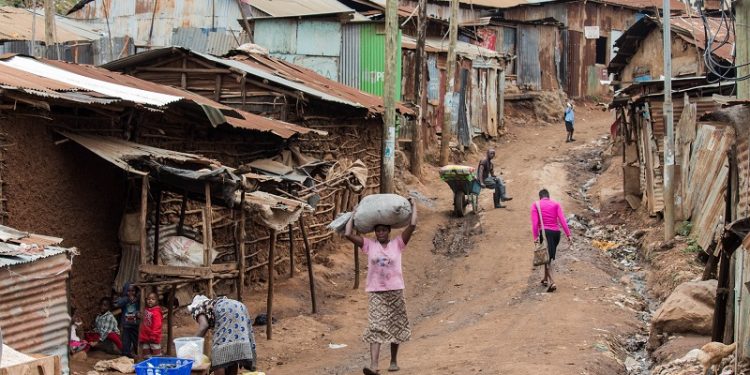According to the most recent data from the Ghana Statistical Service, over 900,000 people live in the Ashanti Region has the greatest concentration of multidimensionally poor people.
According to the research, 7.3 million Ghanaians, or 43.8% of the country’s population, live in severe poverty as a result of multiple forms of deprivation.
The survey indicates that the degree of poverty is comparable in rural and urban areas, indicating pervasive issues across the nation.
With 49.5% of its population living in multidimensional poverty, the Savannah Region has the greatest percentage of this type of poverty—nearly twice the national average.
Northern Regions, Oti, Northeast, and Upper East are some areas with high rates of multidimensional poverty.
Despite the Ashanti Region having a lower percentage of its population living in poverty, it has the highest number of multi-dimensionally poor individuals, with over 900,000 people affected.
The Northern Region follows closely with over 800,000 people living in such conditions, while the Ahafo Region has the lowest count at about 100,000.
In the Savannah, Northeast, Upper East, and Northern Regions, more than half of the rural population is living in multidimensional poverty.
The report also notes that female-headed households, large households, and those headed by younger or elderly persons are more likely to experience multidimensional poverty, driven primarily by employment and living conditions dimensions.














